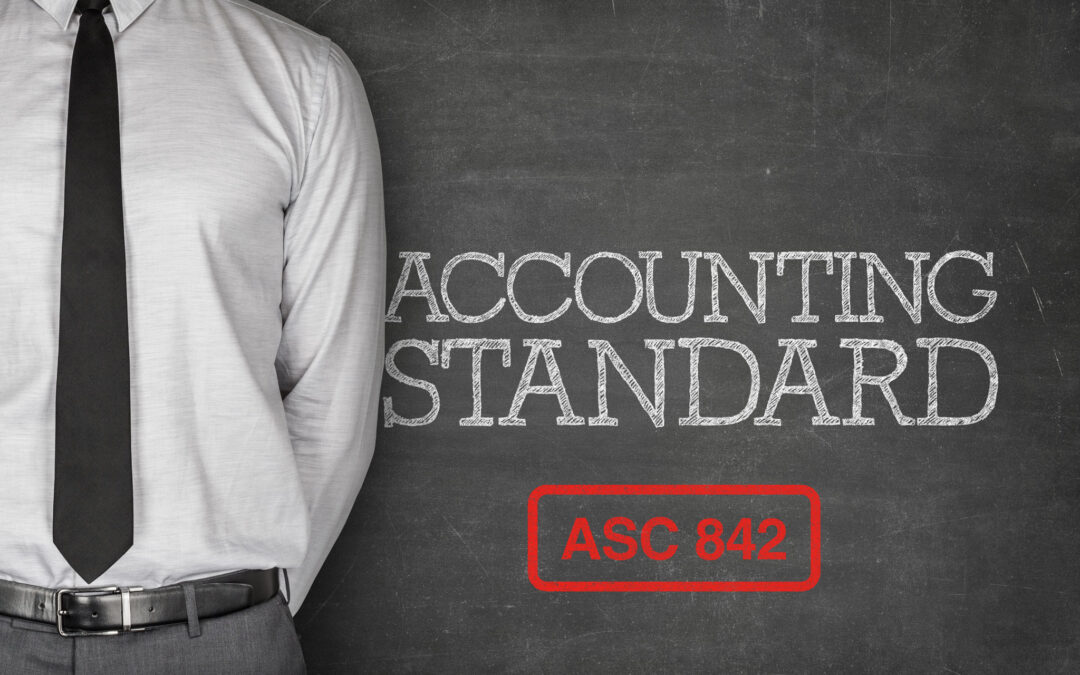If you are responsible for ensuring your company adopts the new lease accounting standard, ASC 842, you are by no means alone. Every private company in the United States that prepares financial statements according to GAAP standards faces the same upcoming deadline.
Before jumping into your project, it is essential to understand ASC 842 and why it has become the new standard.
History
ASC 842 is an accounting standard codification (hence “ASC”) that was published by the Financial Accounting Standards Board (FASB) in 2016. The code covers how lease obligations are reported on financial statements and replaces ASC 840, which had been in effect since 1977.
Deadline
Public companies were required to adopt the new standard by January 2019, a date that was never adjusted by FASB despite many well-publicized struggles.
The deadline for private companies to convert to ASC 842 is for fiscal periods beginning after December 15, 2021. FASB twice extended this deadline from the original date of January 2020. FASB granted the first extension when they observed the challenges faced by public companies and the lack of preparation and progress made by private companies. Later they extended the deadline again due to COVID-19.
The takeaway from these extensions and the challenges faced in adopting the new standard is that the process will take more time than most anticipate, and companies should not put it off until the last minute.
The process will take more time than most anticipate, and companies should not put it off until the last minute.
ASC 842 in a Nutshell
The ASC 842 update requires that, with few exceptions, companies report all lease obligations on the balance sheet. Prior to this change, most leases only appeared on the income statement as an expense for that period.
For example, under the existing ASC 840, a company with $1 million in annual lease expenses and $10 million in total remaining lease obligations only reported the $1 million in lease payments as an expense on the income statement. Other than maybe a footnote, there was no easy way to identify that the company also had $10 million in lease liabilities over the coming years.
With ASC 842, the annual lease payments must continue to be reported as an expense on the income statement, and the capitalized value of the remaining lease obligations will show up as a lease liability and right of use asset on the balance sheet. So, in the example above, the capitalized value of the $10 million obligation would appear on the balance sheet as a lease liability and corresponding right of use asset. This creates the transparency FASB is looking to achieve.
Yeah, it is a little more complicated than that.
Trying to describe what is required by ASC 842 “in a nutshell” does not do the task justice. You might consider the above your elevator pitch to sound informed, but the unfortunate reality is the process and calculations can be more complicated.
I referred to “most leases” quite a bit above, but with ASC 842, you will be evaluating various contracts to determine if they include “embedded leases.” Once you identify those leases, you will need to confirm whether they are required to be capitalized under the code. Continuing through the process, you will want to run them through tests to determine if they are “Operating Leases” or “Finance Leases.” From there, you will gather all the critical data points, such as asset adjustments at adoption, discount rates, assumptions on the term, decisions on practical expedients, etc. The list goes on and on.
In-House or Outsource
For companies with one or two leases, a well-educated in-house team could manage this process with Excel spreadsheets, but as the number of leases increases, third-party consulting and software becomes a must.
At National Lease Advisors, our team gained extensive experience working with public companies and their auditors to meet the 2019 deadline. Our playbook covers everything from assembling the team to selecting the right software solutions, analyzing and abstracting key data points, and implementing processes and procedures that ensure long-term success. I encourage you to contact us to discuss your situation. We will be happy to share our thoughts and suggest a path to tackle the adoption successfully.

